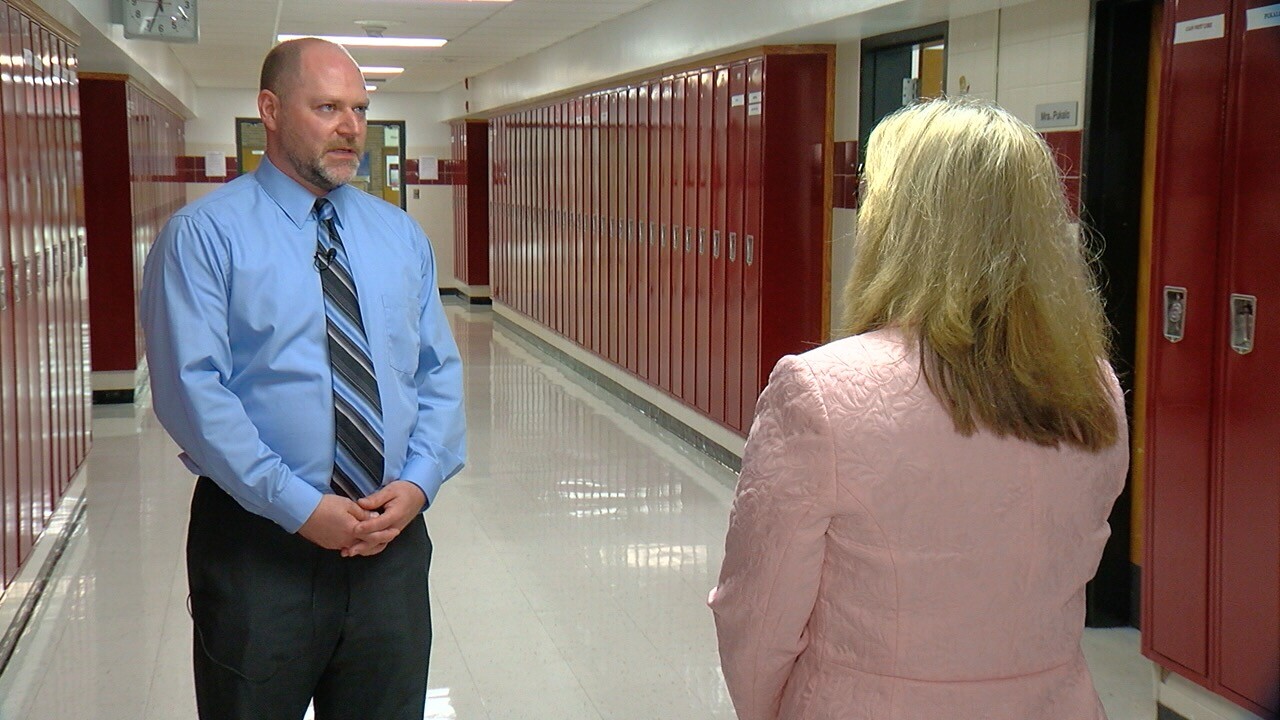CLARENCE, NY (WKBW) — The mental health crisis among youth will be a ‘back to school’ focus for some districts.
National numbers show mental health issues in children 3 to 17 years of age by 26 percent with rates of anxiety and depression spiking.
“We are seeing increased anxiety, increased loneliness, and depression,” stated Matt Frahm, superintendent, Clarence Central School District. “There's a stigma attached and we don't always have a great skill set for working through different health care challenges that we might be facing.”

For the first time, the Clarence Central School District has created an elementary counselor program and has added counselors to each of its four buildings. Social workers have also been added at the middle and high school levels.
“And I also highlight the fact that if you drive by our high school we’re just finishing construction on a family support center, which is a way where we can engage outside partners, so we have formal relationships with different counselors in the area so they can work directly with our kids and directly with our families,” explained Frahm.

The district services 4,200 students from kindergarten through 12th grade.
School psychologist Michelle Braun-Burget works with students in kindergarten through 5th grade at Harris Hill Elementary School and reflects on the troubling mental health trends.

“Often there's maybe things going on outside of school, either in the family or in the neighborhood or with friends, and those all kind of come to school with them,” noted Braun-Burget.
In Clarence classrooms, high school Psychologist Doug Dermott tells me teachers play a major role in spotting mental health troubles.
“They are the gatekeepers. They see the kids in and out every morning. They have relationships with them. They know when their student is maybe not handing in homework anymore, coming into class late, just not looking like they're not concentrating in class,” remarked Dermott.

These school psychologists tell me there's a variety of reasons why these children are struggling.
“Some feel different — not as good as a lot of our kids, who have maybe learning disabilities or things where they feel different from — others struggle academically and then you see those behaviors kind of emanate from that,” Braun-Burget.
For high schoolers, academic pressures can also create high anxiety.
“And not being able to kind of manage all of that stress — kind of builds up and becomes a little bit overwhelming for them,” Dermott responded.

Dermott also provides suicide prevention training at his school, helping teachers look for any risk factors or “red flags” in students.
“We do have a team of professionals in the building that are also trained in crisis kinds of situations if it rose to that level,” Braun-Burget said.
Braun-Burget says the district’s mental health team and classroom teachers try not to work in a vacuum.
“So me just talking to a student alone is not going to solve that problem. I try to be very mindful of communicating what are some strategies a parent could try at home, what are some things the teacher can be doing in the classroom, while also protecting the confidentiality of that student's needs,” described Braun-Burget.

Both Braun-Burget and Dermott say the best thing parents can do is make sure they are listening to their children.
“Kids want to be heard,” Braun-Burget replied.
“Listening to what your son or daughter has to say and then validating how they are feeling, and I think those are huge things so that kids feel comfortable being able to communicate,” Dermott commented.

Superintendent Frahn says they know many children are not in good places in regard to their mental health, and it’s not reasonable to expect them to succeed in a classroom if they don’t have the proper support.
“We can work hard at creating spaces where all kids feel a sense of belonging,” Frahm declared.




